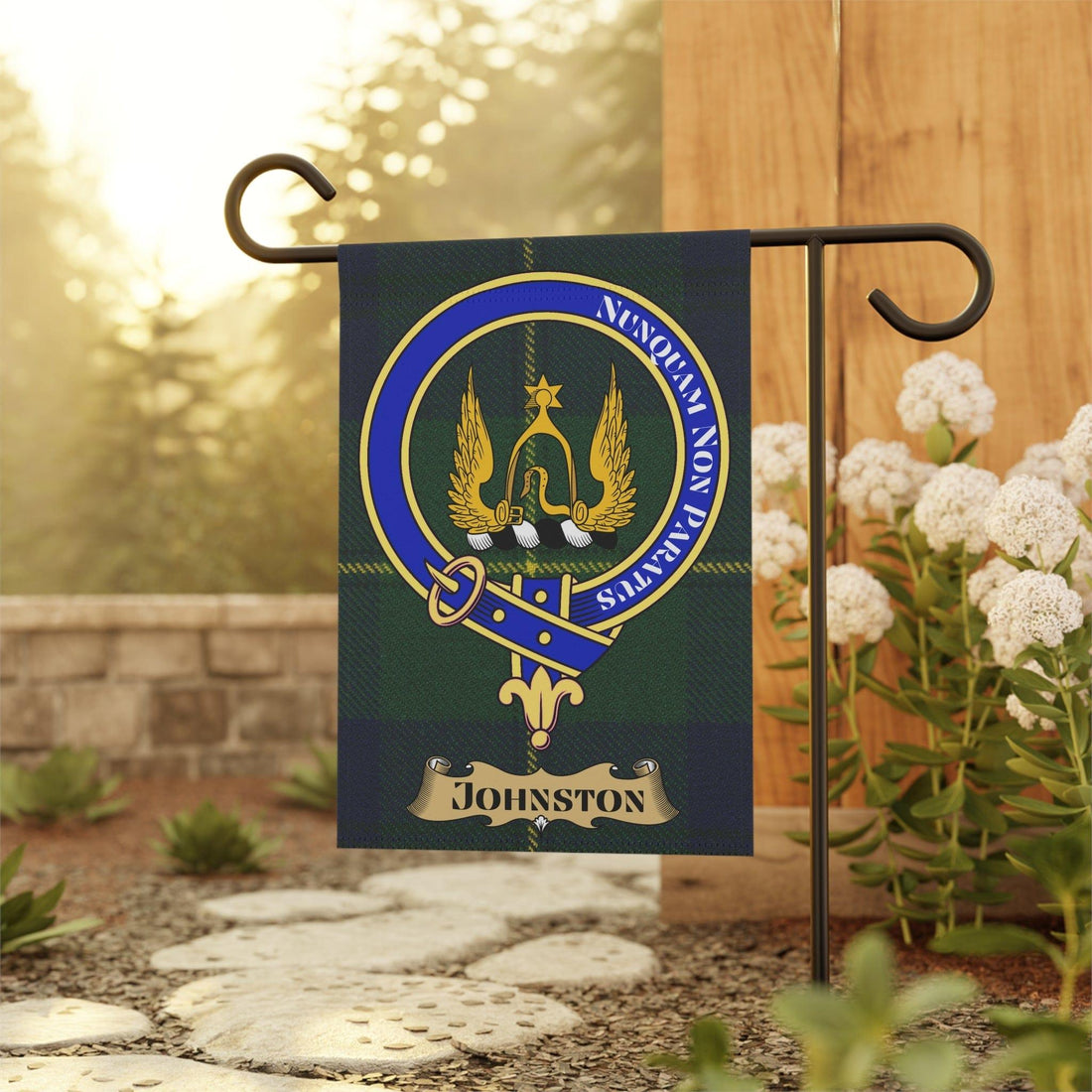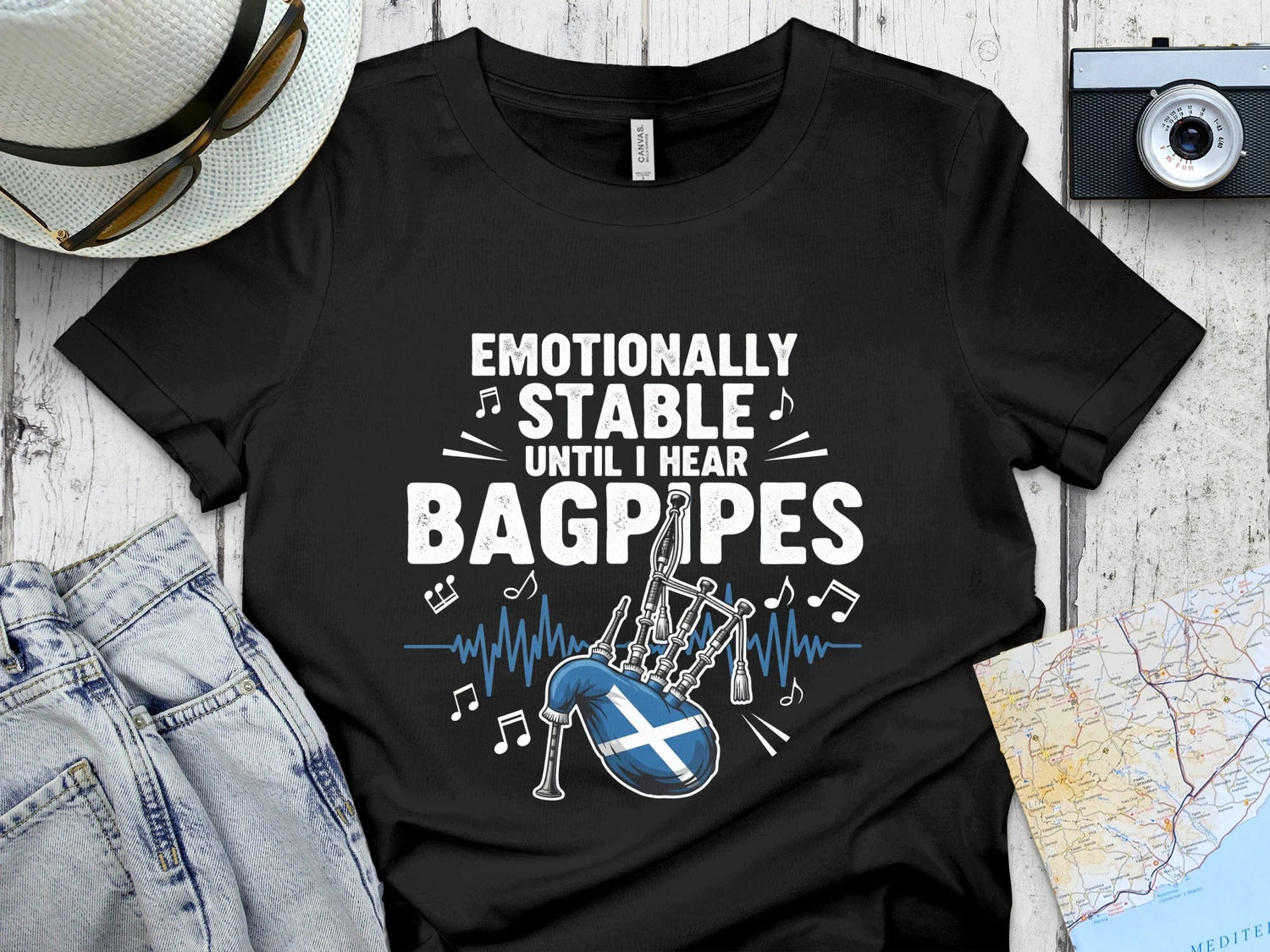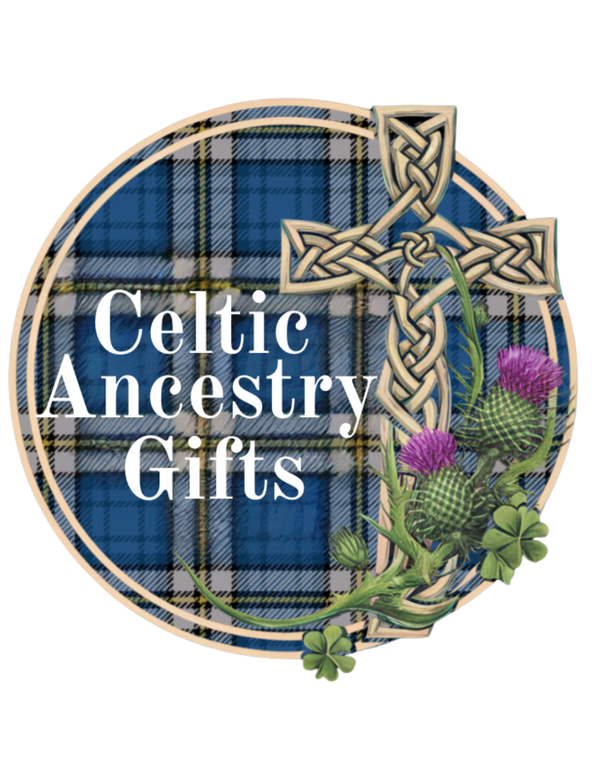
Clan Johnstone: The Bold Border Reivers of Annandale
Share
Clan Johnstone: The Bold Border Reivers of Annandale
In the rolling hills and mist-covered valleys of the Scottish Borders, the name Johnstone — sometimes spelled Johnston or Johnson — carries with it a story of courage, cunning, and fierce independence. For centuries, the Johnstones stood as guardians and raiders alike, men and women of the borderlands who lived by their wits and their swords.
To belong to Clan Johnstone is to inherit a legacy of strength, leadership, and survival — a name carved into the rugged stones of Annandale and carried proudly across the world today.
1️⃣ Introduction: Pride of the Borders
Unlike many Highland clans whose roots lie in ancient Gaelic chieftainships, the Johnstones were a great Border clan, born in the turbulent marches between Scotland and England. For generations, they lived by a code of loyalty to kin and defiance toward any who threatened their freedom — be it king, neighbor, or English invader.
The Johnstones were among the most powerful of the Border Reivers, that legendary brotherhood of riders and raiders who shaped the frontier life of southern Scotland from the 13th to the 17th centuries. Known for their boldness and their fierce family feuds, they became synonymous with both honor and danger.
Today, whether you bear the name Johnstone, Johnston, or Johnson, you share in that same indomitable spirit — one forged in the wild marches of Annandale and carried with pride around the globe.
2️⃣ History & Origins: From Annandale to the Reiver Wars
The name Johnstone means simply “son of John” or “family of John,” derived from the popular Christian name that spread across Europe after the Norman Conquest. Yet in Scotland, the clan’s story has deeper roots.
The first recorded ancestor of the Johnstones was John Johnstone of that Ilk, who held lands in Annandale, Dumfriesshire, during the reign of King David II (1329–1371). His descendants became established lairds and loyal defenders of the Scottish Crown, especially during the long wars with England.
By the late 14th century, the Johnstones had built their seat at Lochwood Tower, near Lockerbie — a formidable stronghold surrounded by forest and marsh, earning it the nickname “the peel of the moss.” From here, the Johnstones ruled the western marches, keeping watch on both friend and foe.
Over the next three centuries, the clan’s influence grew rapidly. They were among the most powerful of the Border families, often in fierce conflict with neighboring clans such as the Maxwells, Carlyles, and Crichtons. These feuds were deadly, and none was more notorious than the long-running war between the Johnstones and the Maxwells — a rivalry that defined Border life for generations.
The Feud with the Maxwells
In 1585, Johnstone of that Ilk defeated a combined Maxwell-Carlyle force at the Battle of Dryfe Sands, near Lockerbie. The clash was brutal and decisive — the Maxwells were routed, and their chief, Lord Maxwell, was slain. The victory established the Johnstones as dominant in Annandale but also ignited generations of blood vengeance.
In 1608, Lord Maxwell’s son killed Sir James Johnstone in cold blood, an act that led to his capture and execution. These violent cycles were typical of the Borders in that era, where loyalty to family often outweighed allegiance to any crown.
3️⃣ Spelling Variations & Related Families
Few Scottish names display as much variation as Johnstone, Johnston, and Johnson — and each carries its own regional or historical flavor.
Common Spellings
-
Johnstone — The traditional Scottish spelling, most associated with the clan of Annandale.
-
Johnston — Common in the Lowlands and Ulster, often used interchangeably with Johnstone.
-
Johnson — The Anglicized form, widespread in England and among descendants abroad.
Despite these differences, they all stem from the same root and are often historically interlinked. Many families who emigrated during the 18th and 19th centuries simplified the spelling to “Johnson” in English-speaking colonies, though their Scottish lineage remained unmistakable.
Associated Families and Septs
Some surnames historically connected with Clan Johnstone include:
-
MacJohn / MacIan, Gaelic patronymics meaning “son of John”
-
Johnstoun and Jonstoune, archaic spellings found in early records
-
Johnstone of Elshieshields, Johnstone of Westerhall, Johnstone of Lockerbie, and Johnstone of Poldean, representing cadet branches of the main family
Together these families built the network of influence that made the Johnstones one of the most formidable Border powers of their time.
4️⃣ Landmarks & Regions of the Johnstones
The story of Clan Johnstone is inseparable from the Scottish Borders, particularly the region of Annandale in Dumfriesshire. The landscape itself — with its rolling hills, fertile valleys, and winding rivers — shaped the lives of the people who lived there.
Lochwood Tower
The ancestral seat of the Johnstones, Lochwood Tower, still stands in part today as a ruin — but in its prime, it was a symbol of strength and resilience. Surrounded by moor and water, it was almost impregnable to attack. From this “castle of the moss,” the Johnstones commanded their territory and launched daring raids against English and Scottish rivals alike.
Lockerbie & Moffat
The towns of Lockerbie and Moffat lie at the heart of Johnstone country. It was near Lockerbie that the Battle of Dryfe Sands was fought in 1585, cementing the clan’s dominance. Moffat, with its mineral springs and scenic glens, was another stronghold of the Johnstone family.
Annandale
Stretching north from the Solway Firth to Moffatdale, Annandale was both a border frontier and a fertile valley. For centuries it was the stage for countless skirmishes between Scottish and English forces — and the Johnstones were always at the center of that struggle.
Lowland Strongholds
Other estates connected to the clan include Westerhall, Elsieshields, and Raehills — the latter still associated with the noble Marquesses of Annandale, descendants of the historic chiefs.
5️⃣ Migration & Modern-Day Presence
As peace gradually came to the Borders after the Union of the Crowns in 1603, the Johnstones adapted to new times. The reiver raids that had once defined their world were outlawed, and many Border families turned to farming, trade, or military service abroad.
In 1701, Sir James Johnstone of Westerhall was created the first Earl of Annandale and Hartfell, elevating the family to the Scottish peerage. The Johnstones thus transitioned from feared Border riders to respected nobles and statesmen.
During the 18th and 19th centuries, many Johnstones — particularly those from farming or soldiering families — emigrated overseas. They settled in Ulster, North America, Canada, Australia, and New Zealand, taking their proud name with them. In Ireland, the Johnston spelling became especially common, with many Scots-Irish families preserving both their Presbyterian faith and their Scottish heritage.
Today, descendants of Clan Johnstone can be found around the world, with clan societies and family associations keeping alive the memory of Annandale, Lochwood, and the proud reivers who once rode through the misty Border hills.
The Johnstone tartan, with its bold red, green, and navy pattern, stands as a vibrant emblem of that enduring identity — a banner of strength and belonging that connects modern descendants to their storied past.
6️⃣ Fun Fact: “Lockerbie’d” — The Legacy of a Battle Cry
The word “Lockerbie’d” once carried a chilling meaning in the Borders — it meant to be struck down or scattered in battle, a grim reminder of the Battle of Dryfe Sands near Lockerbie, where the Johnstones triumphed over the Maxwells in 1585. Local legend says that victorious Johnstone riders galloped home shouting “Remember Lockerbie!” — a cry of victory that echoed for generations.
Though centuries have passed, the spirit of that victory still resonates through the Johnstone motto:
“Nunquam Non Paratus” — “Never Unprepared.”
A fitting creed for a clan that faced centuries of turmoil yet never lost its readiness to defend its name and honor.
💚 Search your family name in the search bar above to explore your clan gifts — from mugs and t-shirts to blankets, ornaments, wall art, phone cases, magnets, flags, and more. Celebrate your Johnstone heritage and carry the bold colors of Annandale with pride!

